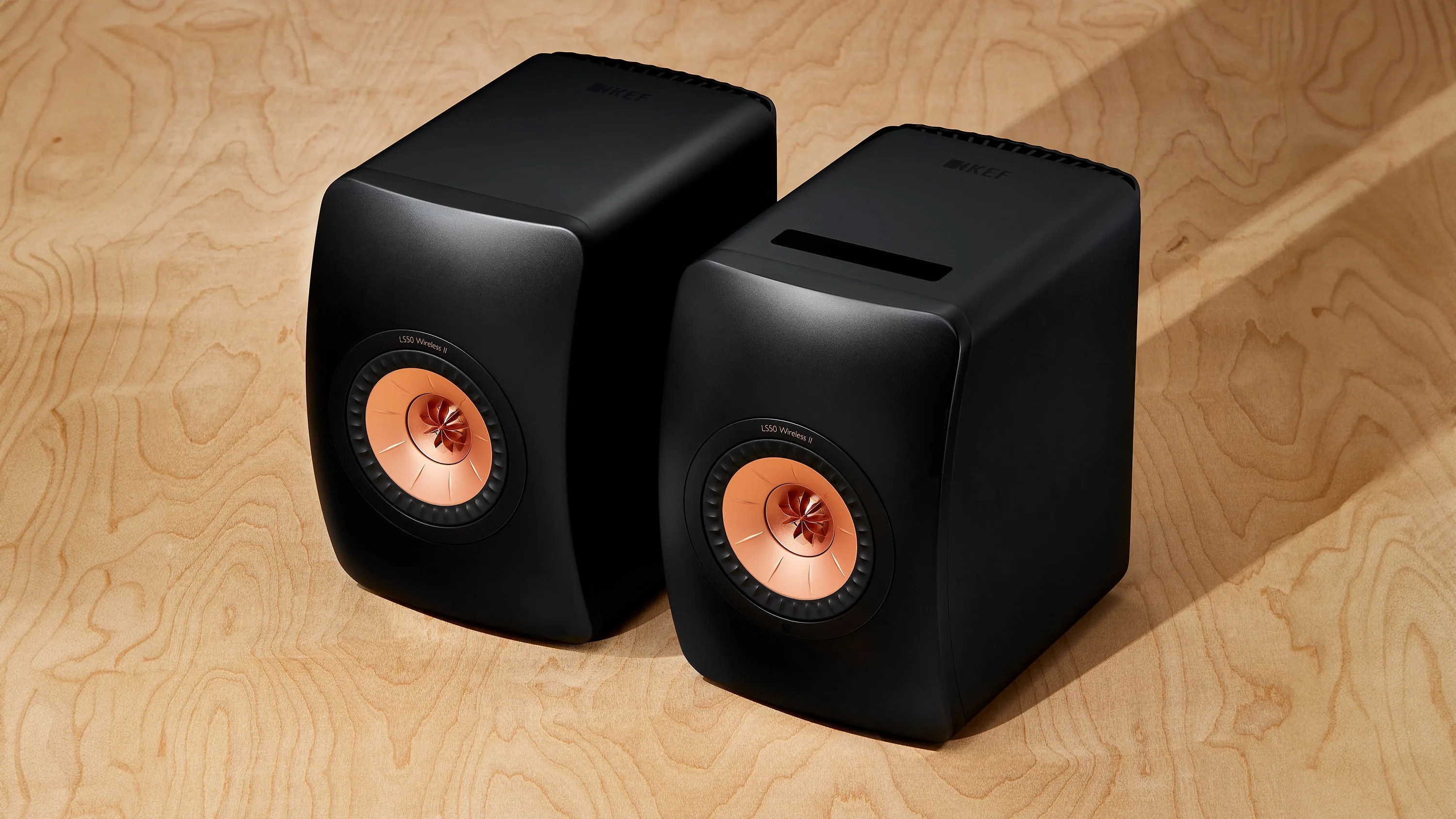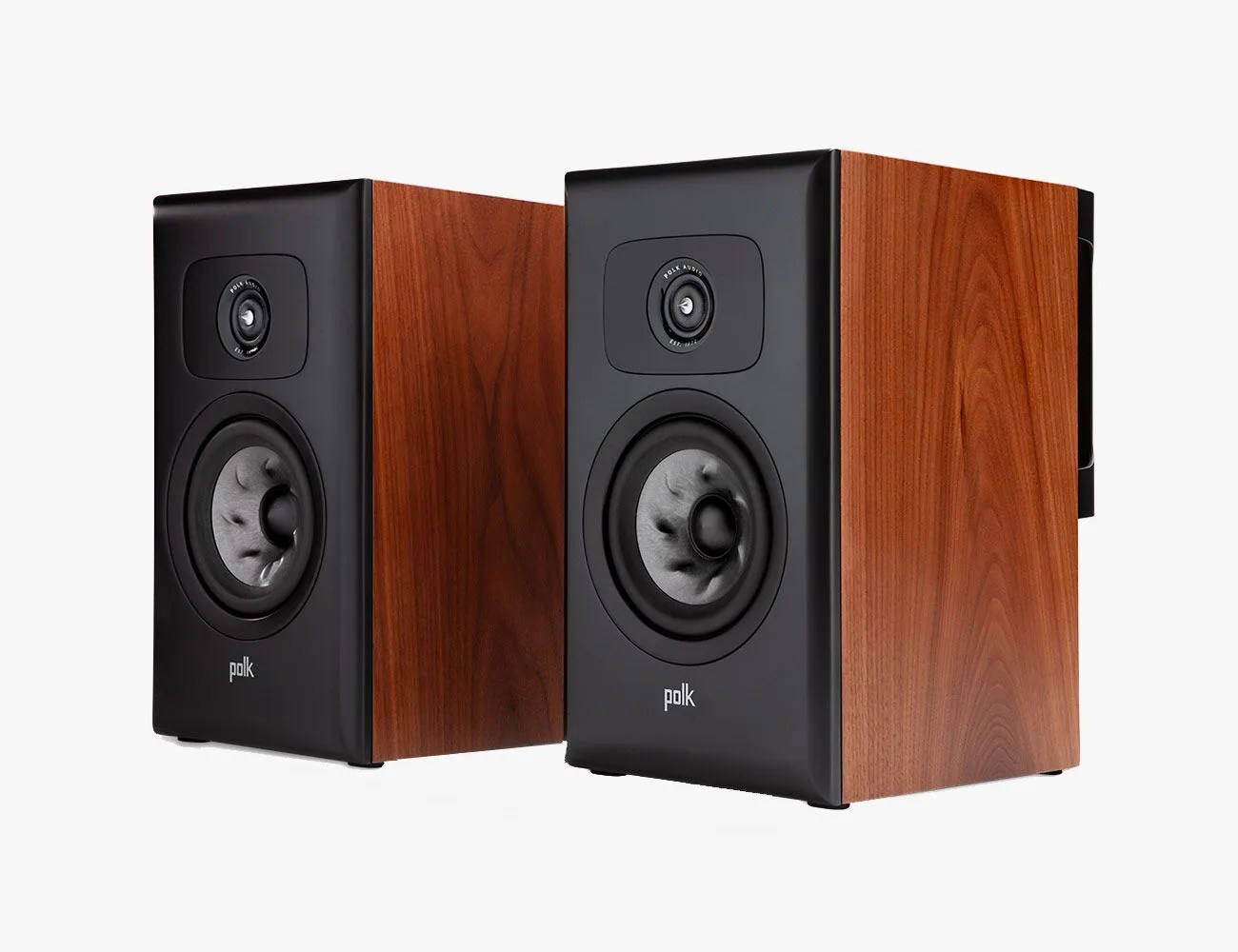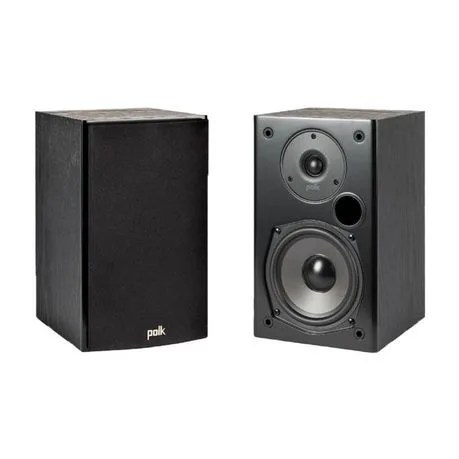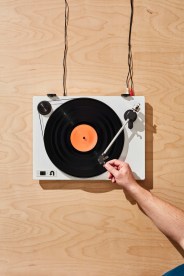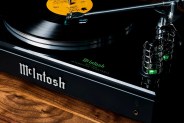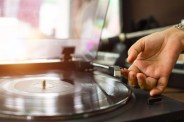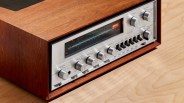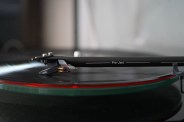People like good sound but to different ends and different extremes. There’s upgrading to a soundbar or a two-channel home theater system so you can better hear dialog on TV. Then, there’s building a bonafide home hi-fi system and spending thousands on various speakers, connections, sources and other electronics.
When it comes to bookshelf speakers, there are options that cost little more than $100. And for some folks, they’re just fine connected to an A/V receiver or home turntable setup. For others, it’d be treasonous to the craft to consider any pair less than $1,000.
Cheap vs expensive bookshelf speakers
According to Scott Orth, the director of audio and acoustic systems at Sound United and a professor at the Johns Hopkins Peabody Instutite, there are a few angles by which high-end speakers distinguish themselves.
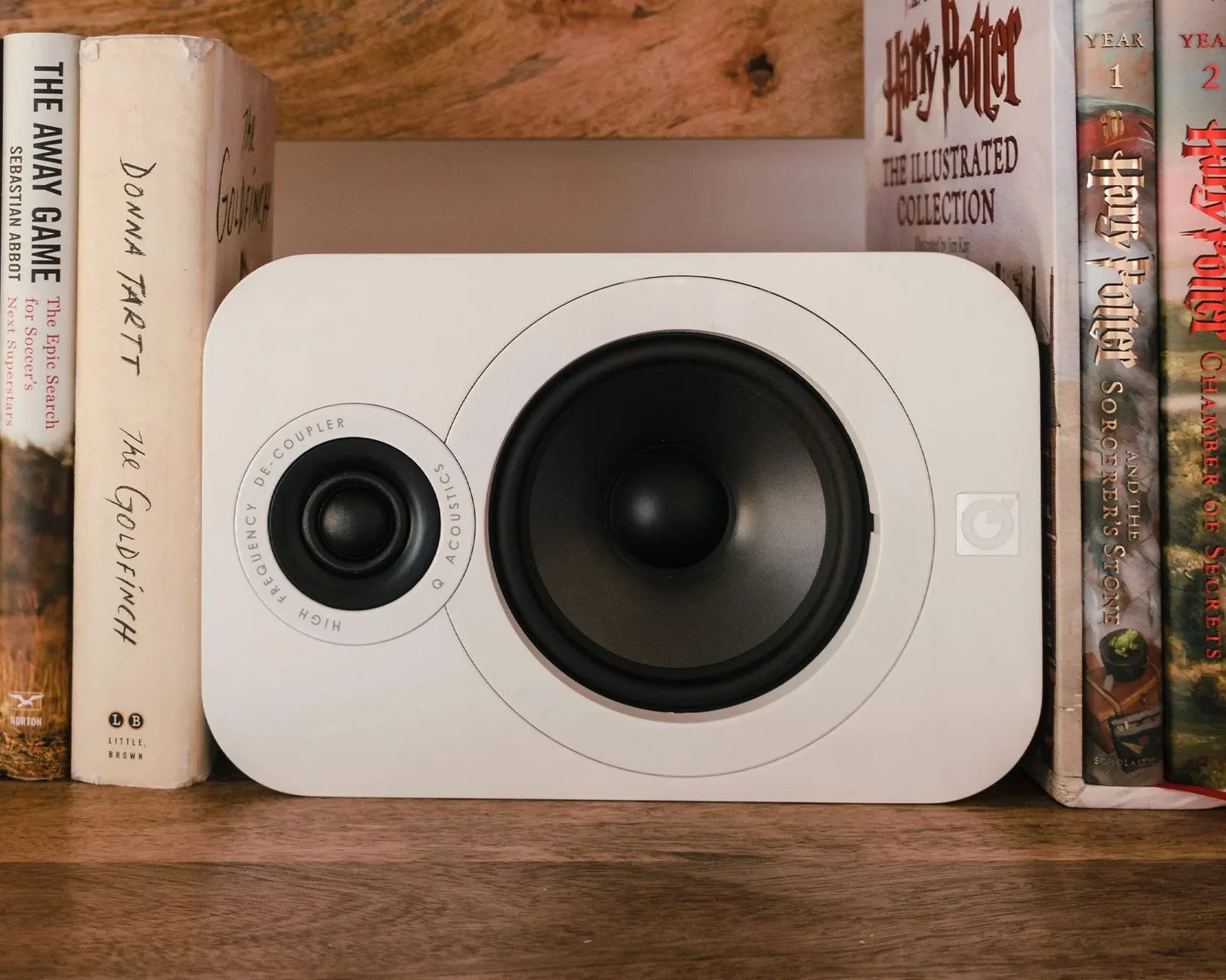
First is the objective and scientific: “The sources that you’re listening to have a certain amount of information,” Orth says. “The better your loudspeakers are the more they can extract that information, the less error there is and the clearer it comes through and the more you get from it.”
As your speaker quality improves, the more justice they do to high quality recordings. Literally. Objectively. Full stop.
